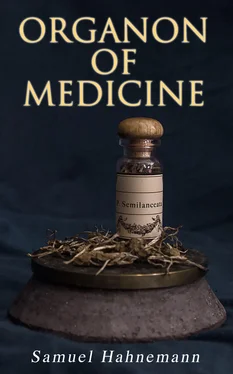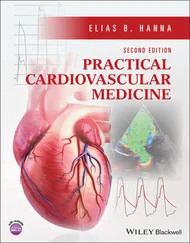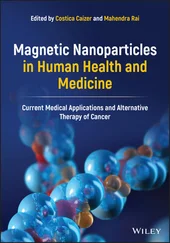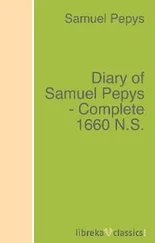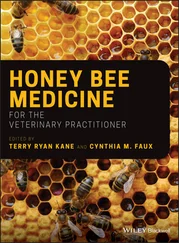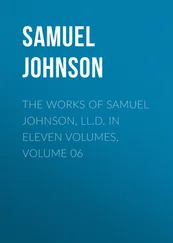Are, then, the foul, often disgusting excretions which occur in diseases the actual matter that produces and keeps them up?13 Are they not rather always exeretory products of the disease itself, that is, of the life which is only dynamically deranged and disordered?
13. Were this the case, the most inveterate coryza should be certainly and rapidly cured by merely blowing and wiping the nose carefully.
With such false and materialistic views concerning the origin and essential nature of diseases, it was certainly not to be wondered at that in all ages the main endeavor of the most obscure, as well as of the most distinguished practitioners, and even of the inventors of the sublimest medical systems, was always only to separate and expel an imaginary morbific matter, and the indication most frequently laid down was to break up and put in motion this morbific matter, to effect its expulsion by salivation, expectoration, diaphoresis and diuresis, to purify the blood frotn (acridities and impurities) morbific matters, which never existed, by means of the intelligence of sundry obedient decoctions of root and plants; to draw off mechanically the imaginary matter of disease by setons,
by issues, by portions of the skin kept open and discharging by means of perpetual blisters or mezereum bark, but chiefly to expel and purge away the materia peccans, or the injurious matters as they were termed, through the intestines, by means of laxative and purgative medicines, which, in order to give them a more profound meaning and a more prepossessing appearance, were fondly denominated dissolvents and mild aperients – all so many arrangements for the expulsion of inimical morbific matters, which never could be, and never were instrumental in the production and maintenance of the diseases of the human organism, animated as it is by a spiritual principle – of diseases which never were anything else than spiritual dynamic derangements of the life altered in its sensations and functions.
Let it be granted now, what cannot be doubted, that no diseases – if they do not result from the introduction of perfectly indigestible or otherwise injurious substances into the stomach, or into other orifices or cavities of the body, or from foreign bodies penetrating. the skin, etc. – that no disease, in a word, is caused by any material substance, but that every one is only and always a peculiar, virtual, dynamic derangement of the health; how injudicious, in that case, must not a method of treatment directed towards the expulsion14 of that imaginary material substance appear to every rational man, since no good, but only monstrous harm, can result from its employment in the principal diseases of mankind, namely, those of a chronic character!
14. There is a semblance of necessity in the expulsion by purgatives of worms, in so-called vermicular diseases. But even this semblance is false. A few lumbric; may be found in some children; in many there exist ascarides. But the presence of these is always dependent on a general taint of the constitution (the psoric), joined to an unhealthy mode of living. Let the latter be improved, and the former cured homoeopathically, which is most easily effected at this age, and none of the worms remain, and children cured in this manner are never troubled with them more; whereas after mere purgatives, even when combined with cina seeds, they soon reappear in quantities.
“But the tapeworm”, methinks I hear some one exclaim, “every effort should be made to expel that monster, which was created for the torment of mankind”.
Yes, sometimes it is expelled; but at the cost ot what after-sufferings, and with what danger to life! I should not like to have on my conscience the deaths of so many hundreds of human beings as have fallen sacrifices to the horribly violent purgatives, directed against the tapeworm, or the many years of indisposition of those who have escaped being purged to death. And how often does it happen that after all this health-and-life-destroying purgative treatment, frequently continued for several years, the animal is not expelled, or if so, that it is again produced!
What if there is not the slightest necessity for all these violent, cruel, and dangerous efforts to expel and kill the wormThe various species of tapeworm are only found along with the psoric taint, and always disappear when that is cured. But even before the cure is accomplished, they live – the patient enjoying tolerable health the while – not exactly in the intestines, but in the residue of the food, the excrement of the bowels, as in their proper element, quite quietly, and without causing the least disturbance, and find in the excrement what suffices for their nourishment; they then do not touch the walls of the intestine, and are perfectly harmless. But if the patient happens to be affected with an acute disease of any kind, then the contents of the bowels become intolerable to the animal; it twists about, comes in contact with, and irritates the sensitive walls of the intestines, causing a peculiar kind of spasmodic colic, which increases materially the sufferings of the patient. (So also the foetus in the womb becomes restless, turns about and kicks, only when the mother is ill; but when she is well; it swims quiet in its proper fluid without causing her any suffering.)
It is worthy of remark, that the morbid symptoms of patients suffering from tapeworm are generally of such a kind, that they are rapidly relieved (homoeopathically) by the smallest dose of tincture of male-fern root; 3so that the ill-health of the patient, which causes this parasitic animal to be restless, is thereby for the time removed; the tapeworm then feels at ease, and lives on quietly in the excrement of the bowels, without particularly distressing the patient or his intestines, until the antipsoric treatment is so far advanced that the worm, after the eradication of the psora, finds the contents of the bowels no longer suitable for its support, and therefore spontaneously disappears, for ever from the now cured patient, without the least purgative medicine.
In short, the degenerated substances and impurities that appear in diseases are, undeniably, nothing more than products of the disease of the abnormally deranged organism, which are expelled by the latter, often violently enough – often much too violently – without requiring the aid of the evacuating art, and fresh products are always developed as long as it labors under that disease. These matters the true physician regards as actual symptoms of the disease, and they aid him to discover the nature of the disease, and to form an accurate portrait of it, so as to enable him to cure it with a similar medicinal morbific agent.
But the more modern adherents of the old school do not wish it to be supposed, that in their treatment they aim at the expulsion of material morbific substances. They allege that their multifarious evacuant processes are a mode of treatment by derivation, wherein they follow the example of nature which, in her efforts to assist the diseased organism, resolves fever by perspiration and diuresis pleurisy by epistaxis, sweat and mucous expectoration – other diseases by vomiting, diarrhaea and bleeding from the anus, articular pains by suppurating ulcers on the legs, cynanche tonsillaris by salivation, etc., or removes them by metastases and abscesses which she develops in parts at a distance from the seat of the disease.
Hence they thought the best thing to do was to imitate nature, by also going to work in the treatment of most diseases in a circuitous manner like the diseased vital force when left to itself and thus in an indirect manner,15 by means of stronger heterogeneous irritants applied to organs remote from the seat of disease, and totally dissimilar to the affected tissues, they produce evacuations, and generally kept them up, in order to draw, as it were, the disease thither.
Читать дальше
